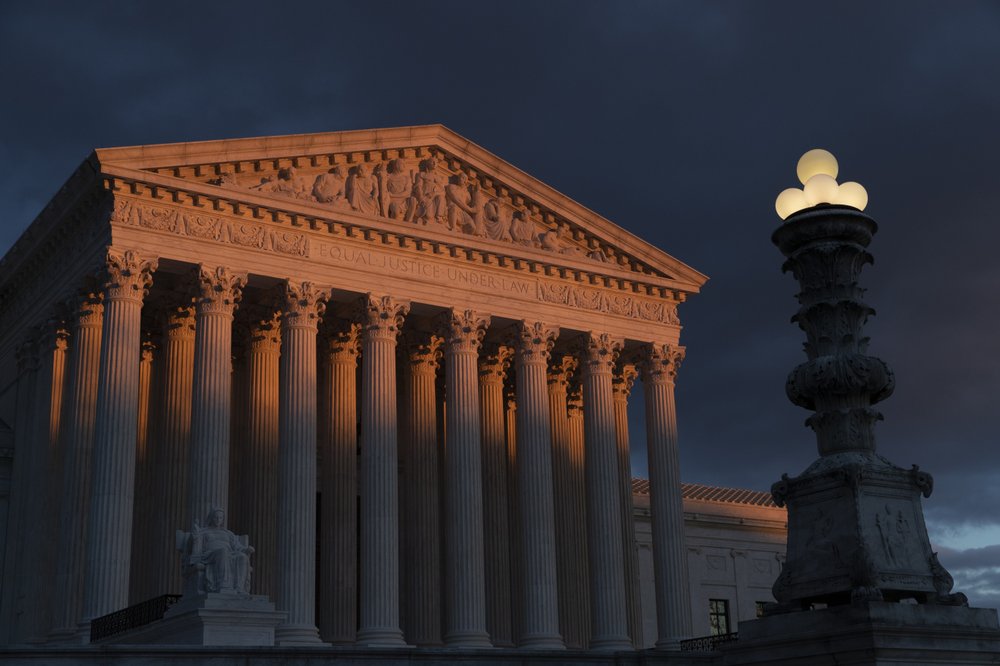National
Supreme Court hears arguments over partisan redistricting

WASHINGTON (AP) — The Supreme Court is returning to arguments over whether the political task of redistricting can be overly partisan.
The cases at the high court Tuesday mark the second time in consecutive terms the justices will see if they can set limits on drawing districts for partisan gain. Or the court could rule that federal judges should not referee disputes over districts designed to benefit one political party.
Democrats and Republicans eagerly await the outcome of cases from Maryland and North Carolina because a new round of redistricting will follow the 2020 census, and the decision could help shape the makeup of Congress and state legislatures over the next decade.
Last year, the court essentially punted on cases from Wisconsin and the same Maryland congressional district that’s up for consideration Tuesday.
The practice of partisan gerrymandering is almost as old as the United States. While the court ruled 30 years ago that courts could police overly partisan map-making, the justices have never struck down districts on the ground that they violated the rights of voters from the minority party.
Supporters of limits on partisan redistricting say that it’s more urgent than ever for the court to intervene because partisan maps deepen stark political division in the United States and sophisticated computer programs allow map-makers to target voters on a house-by-house basis.
They were disappointed last year when Justice Anthony Kennedy, who was open to reining in maps drawn for partisan ends, didn’t join the court’s four more liberal justices.
Defenders of the maps that are being challenged want the court to defer to the other branches of government and bow out of partisan districting cases. Their chances may have been strengthened by Kennedy’s retirement.
Complaints about partisan gerrymandering almost always arise when one party controls the redistricting process and has the ability to maximize the seats it holds in a state legislature or its state’s congressional delegation.
That’s what happened in North Carolina, where Democrats hold only three of 13 congressional districts in a state that tends to have closely decided statewide elections.
Republicans drew congressional districts that packed Democratic voters into the three districts that translated into landslide victories. Meanwhile, the map produced smaller winning margins for Republican candidates, but in more districts.
In Maryland, Democrats who controlled redistricting in 2011 wanted to increase their 6-2 edge in congressional seats. So they drew a map that would flip to Democrats a western Maryland district where a Republican incumbent served for 20 years.
Lower courts in both states struck down the districts as unconstitutionally partisan.
And the governors of both states also are urging the Supreme Court to “end gerrymandering once and for all.”
Since the maps were drawn, North Carolina has elected a Democratic governor, Roy Cooper, and Maryland now has a Republican chief executive, Larry Hogan.
“The Supreme Court will soon hear arguments over whether politicians can be trusted to draw up their own districts. Take it from us: They can’t,” the governors wrote in an article published Monday in The Washington Post.
Decisions in Rucho v. Common Cause, 18-422, and Lamone v. Benisek, 18-726, are expected by late June.







